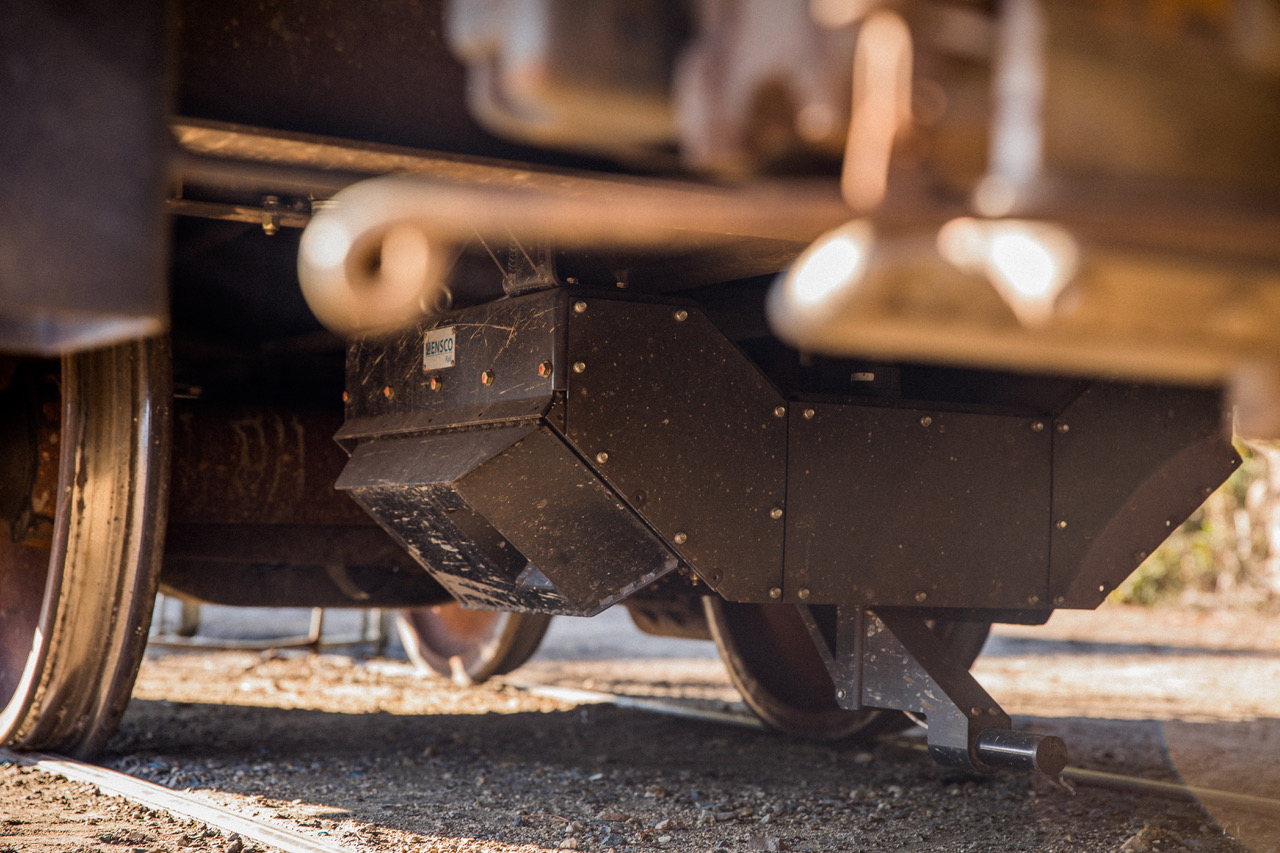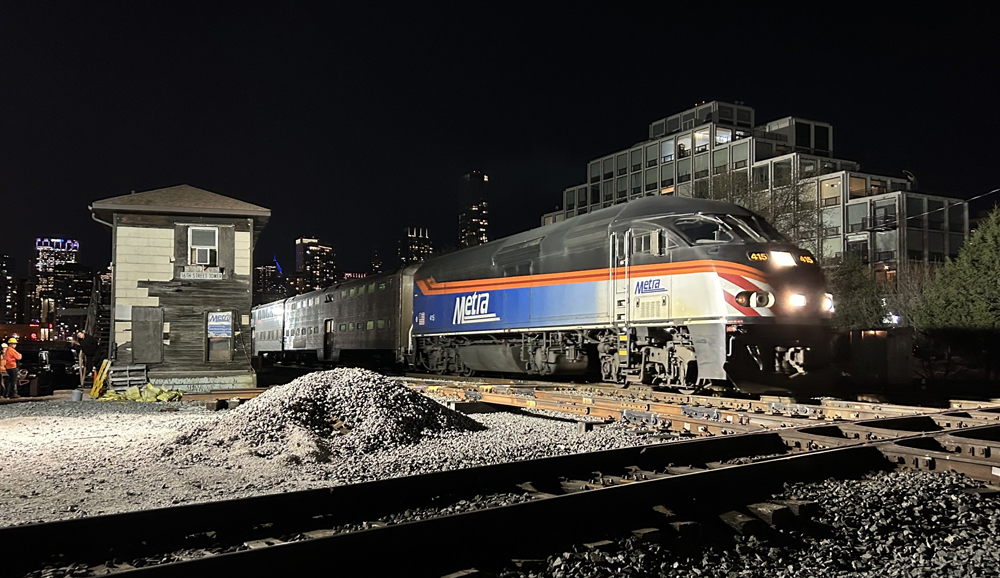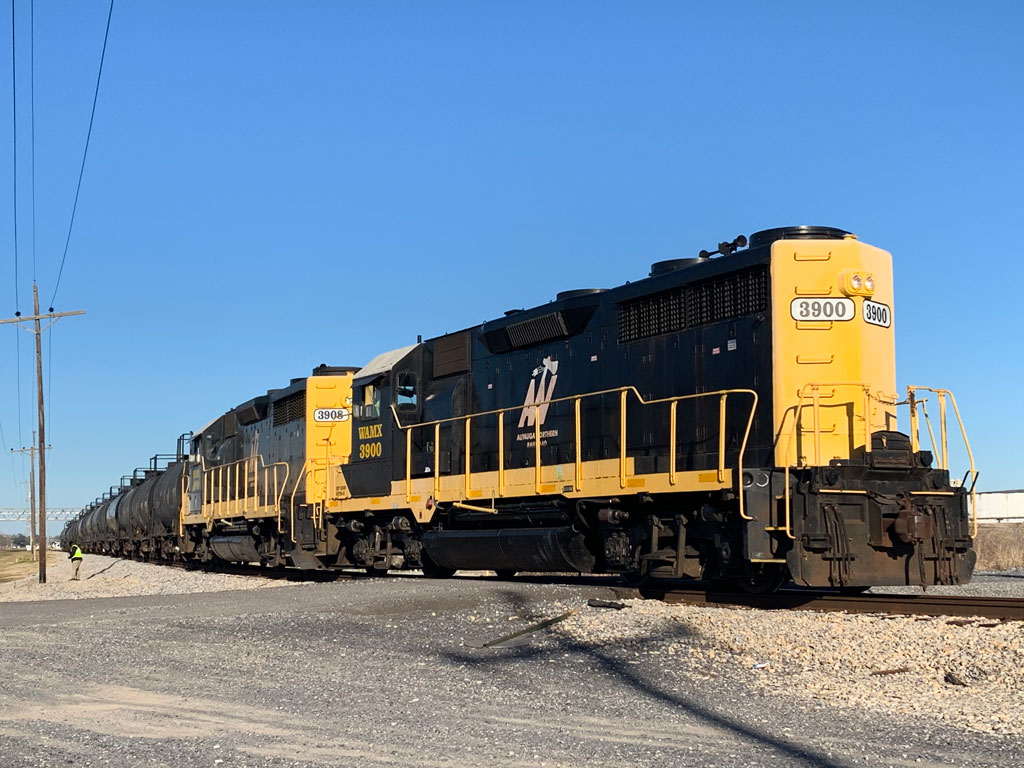CSX’s key safety metrics were trending in the wrong direction from 2013 through 2017, which last year attracted the attention of federal regulators and prompted the railroad to hire an outside consultant and a chief safety officer.
Through the first six months of 2019, CSX’s personal injury rate fell 29% and the train accident rate declined 45% compared to the same period of 2018.
The improvements came through focusing on the relatively small number of issues that cause the vast majority of accidents, taking a more proactive approach to training and communication, and deploying new track inspection technology.
“There weren’t a lot of wholesale changes that had to take place,” says James Schwichtenberg, who was named vice president and chief safety officer in May 2018. “It was about strengthening programs that were already in place.”
Schwichtenberg also credits CSX employees.
“This isn’t something coming out of Jacksonville. It’s the folks down in the field, it’s the folks pounding the spikes and switching the boxcars that are working safely out there,” he says.
CSX drilled down into safety data to find key accident causes.
“We looked back at all the top causes. We put them in a couple of buckets,” Schwichtenberg says. “The first one is human factor performance. Primarily that’s on the non-main track side, the switching side of the house and there were three or four things that show up around shove movements in the yard, misaligned switches, and securement. And then we went over to engineering and we found those bucket items, and mechanical and we found those bucket items.”
CSX also took aim at main line incidents which don’t happen often but can be catastrophic when they do, such as the misaligned switch that sent Amtrak’s Silver Star barreling into a parked CSX train in February 2018, killing the Amtrak crew and injuring 100 passengers.
“I’ve been in this industry for 21 years. I spent nine years … with FRA and I have seen a lot of bad. I can tell you that those instances … really hit home,” Schwichtenberg says.
“And that’s why we come to work every day and try to get it right,” he adds.
CSX became the third Class I railroad (after BNSF Railway and Kansas City Southern) to fully deploy positive train control across its network when the safety system was activated on the last two subdivisions, in the Detroit and Toledo terminal areas, on June 24. CSX is increasing use of inward-facing cameras in locomotive cabs. And it added 20 road foremen of engines positions to increase supervision of train crews.
At a time when CSX was adding PTC and increasing use of Trip Optimizer — a kind of locomotive cruise control — and distributed power, the railroad determined that more expertise and training was needed.
“They account for about 450 train rides a month,” Schwichtenberg says of the road foremen. “If you think about that, the people that they’re able to touch each and every day is very important. And they have a streamlined message about what to look for, the things that we’re talking about that are really impactful on the main track.”
CSX also relies on a system that monitors locomotive data and automatically flags train-handling problems that could lead to derailments.
“We will deploy road foremen to go meet with those employees and make them better operators,” Schwichtenberg says.
The 11,000 employees who responded to a safety survey last year said they wanted better communication with their front-line supervisors.
Among the changes: CSX is now emphasizing education over discipline in certain instances where operating rules are violated.
“I fundamentally believe that you can’t discipline your way to … better safety progress,” Schwichtenberg says.
Gone are the suspensions of up to 30 days that traditionally accompanied a major rule violation or multiple rule violations by the same employee. A lengthy suspension sends the wrong message for an employee who is going to return to the railroad, Schwichtenberg says.
Instead, CSX now takes a step approach to rules violations. The first step is a formal reprimand. Step two is a one-day suspension for a repeat offense or a significant violation. Step three is up to a five-day suspension for multiple offenses or something “really egregious,” Schwichtenberg says.
And last month the railroad began something new: A corrective training day. Instead of a one-day suspension following a rules violation, the employee is put through a day of safety and rules training.
The idea is to have the employee demonstrate that he or she fully understands and can demonstrate how to perform a task safely, rather than being able to simply pass a rules test, Schwichtenberg says.
The engineering department, meanwhile, has reduced track-caused derailments 85% this year by increasing the frequency and quality of inspections.
“We haven’t [had] a broken rail main track derailment in 2019 on this railroad,” Schwichtenberg says.
Partly that’s due to deploying two new sensor-laden track inspection boxcars that run in regularly scheduled intermodal trains and report track exception data in real time. A third inspection car will be added soon.
“They go over our core routes something like three times more frequently than our regular geometry cars,” says Schwichtenberg, who began his career in the Union Pacific engineering department, including stints as a track inspector and section foreman.















Easy to cut down on accidents when everybody’s laid off and there’s no trains running.
The Harrison regime cut all the RFE positions at CSX, and now they espouse that they added 20 RFE positions to increase supervision of train crews. Can’t do everything by technology!
When CSX stops running trains and lays off large numbers of employees, they reduce the number of incidents….. What a joke. They just had a collision. “precision” railroading is a joke!….and CSX is a disgrace.
I guess all of those personality tests in regards to gaining employment with CSX was really a joke.
They were supposed to match your personality with CSX’s command and control management style. Safety is really more than just a PR show.
I think is is the most significant part of this article, “I fundamentally believe that you can’t discipline your way to … better safety progress,” Schwichtenberg says.
I think this is the most significant thing in this article, “I fundamentally believe that you can’t discipline your way to … better safety progress,” Schwichtenberg says.